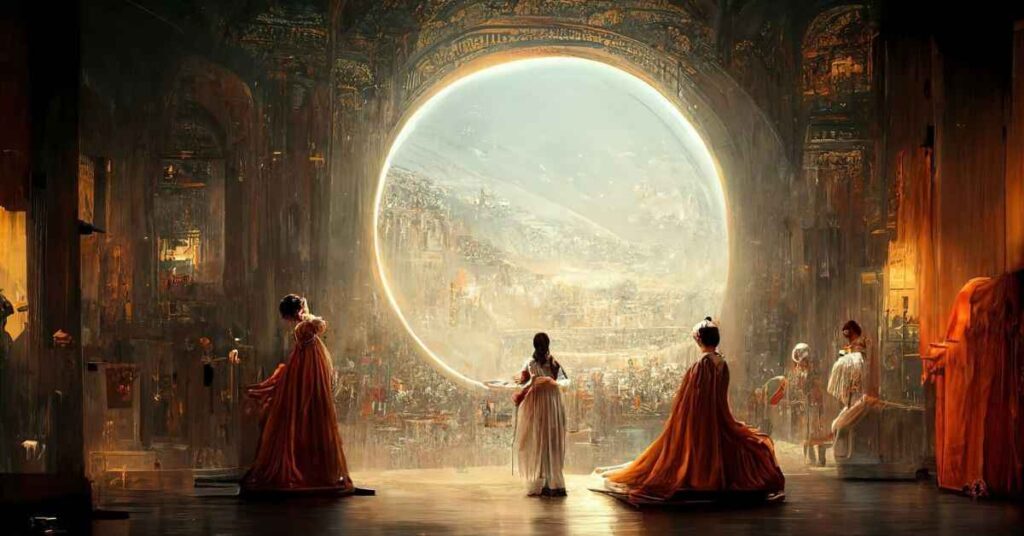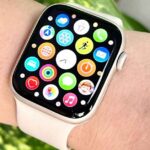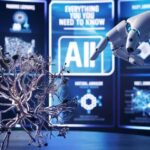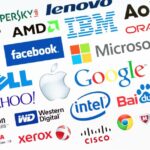AI-generated artwork has been turning heads and sparking debates in the creative world, from mind-bending abstract compositions to photorealistic portraits. But have you ever wondered, when did this innovative art form truly begin? let’s delve into the captivating history and evolution of AI artwork. When was AI art invented? [1960-2024].
What Is AI Art?

AI art, or artificially intelligent art, refers to artworks partially or entirely created by artificial intelligence models and algorithms. This can include:
- Text-to-image generation: Using text descriptions as prompts to generate unique images
- Image-to-image translation: Transforming existing images into new styles or interpretations
- Pixel art/generative art: AI-assisted creation of digital artworks following set rules or parameters
Unlike traditional digital art made by human artists using software, AI art leverages the pattern recognition and creativity of machine learning models to produce novel visual outputs. While the AI handles certain aspects, human artists still guide the process through techniques like prompt engineering.
What Is the History of AI Art?
Pioneering Beginnings
The origins of AI art may be traced back to the 1960s when laptop scientists and artists commenced experimenting with incorporating technology into creative endeavors. One of the earliest examples is AARON, a seminal program created by Harold Cohen in 1973. AARON ought to independently generate abstract line drawings primarily based on a fixed of policies described by Cohen.
As AI and machines gained knowledge of talents superior over a long time, artists persisted in pushing the bounds. In 2015, the development of Neural Style Transfer with the aid of researchers allowed for synthesizing new images via combining the content of 1 photo with the visual style of every other.
However, it wasn’t until the late 2010s that AI art truly gained mainstream attention, thanks to the rise of powerful generative models like:
- Generative adversarial Networks (GANs): two neural networks working towards each other to generate practical photos
- Variational Autoencoders (VAEs): Compressing facts into a latent space for technology
- Diffusion Models: Modeling noise to generate high-fidelity images
Tools like DALL-E, Midjourney, Stable Diffusion, and others have made AI art creation more accessible to artists and the general public. When was AI art invented? [1960-2024].
Key AI Models for Art Generation
Here are some of the most commonly used AI models for generating art:
| Model | Description |
|---|---|
| Generative Adversarial Networks | Two neural networks competing to generate realistic images |
| Diffusions Model | Modeling noise distributions to synthesize high-quality images |
| Variational Autoencoders | Compressing data into a latent space for image generation |
| Transformers | Attention-based models that learn from text-image pairs |
How Can You Create AI Art?
Getting started with AI art has become increasingly accessible thanks to user-friendly tools and platforms. Here’s a quick overview:
- pick an AI art generator: famous alternatives encompass DALL-E 2, Midjourney, solid Diffusion, and more.
- Craft your text prompt: Describe the image you want to generate using detailed yet concise phrasing.
- Refine and iterate: AI art models allow you to provide feedback and guidance to improve results.
- Post-process and edit: Use image editing software to make final touches and refinements.
While the core process is straightforward, crafting effective prompts and understanding the AI’s capabilities takes practice. Don’t be discouraged if your initial outcomes are not the best.
How Difficult Is It to Make AI Art?
Creating genuinely unique, high-quality AI art is more challenging than it may seem. Here are some considerations:
- Prompt engineering: Writing clear yet descriptive prompts is a skill that takes time to develop.
- Model limitations: AI models have biases and blind spots that can lead to undesirable or inconsistent outputs.
- Human curation: AI art generation still requires human oversight, editing, and creative direction.
Like any art form, mastering AI art involves dedication and understanding the tools’ strengths and weaknesses. Realistic expectations are key.
How Are Artists Using AI?
Despite being a relatively new medium, many contemporary artists are already innovating with AI art techniques:
“i take advantage of AI artwork for its boundless creative possibilities and capability to visualise the wildest of thoughts. it is a terrific tool that sparks the imagination.” – Anna Ridler, AI Artist
Examples of AI Art Use Cases:
- Digital art portfolios: Artists creating AI-assisted concept art, character designs, environments, etc.
- Creative projects/installations: Incorporating AI-generated visuals into immersive multimedia experiences.
- Commercial applications: AI art for advertising, marketing materials, product designs, and more.
Rather than replacing human creativity, AI art acts as a powerful complementary tool for artists to explore new aesthetic realms. The artists provide conceptual direction while leveraging AI’s capability for rendering unique imagery.
Case Study: Refik Anadol Studio
The Refik Anadol Studio is at the forefront of merging AI, data narratives, and striking visual art. Their renowned public art installations like MACHINE HALLUCINATION visualize urban data flows using advanced AI algorithms.
Refik Anadol describes AI as “a collaborator, not just a tool” in their creative process, enabling them to transform massive datasets into metaphorical, dreamlike environments. When was AI art invented? [1960-2024].
What Ethical Concerns Are Associated with AI-Generated Art?
As AI art grows in popularity, important ethical questions around this technology have emerged:
Copyright and Ownership
- Who owns the rights to AI-generated artwork?
- Concerns around AI models learning from copyrighted training data
Consent and Representation
- Potential for AI art to reinforce stereotypes or include personal data without consent
- Need for transparent documentation of AI systems
Environmental Impact
- The energy costs and carbon footprint of training large AI models
Democratization of Art
- Will increased accessibility to AI art tools disrupt traditional art markets?
- Implications for human artists’ livelihoods and commissions
These are complex issues without simple answers. However, having open discussions and developing ethical guidelines will be crucial as AI art matures.
Key Ethical Principles for AI Art:
- Prioritize consent, representation, and unbiased training data
- Document processes transparently to enable accountability
- Implement carbon offsetting and green AI practices
- Protect human artists’ rights while embracing technological evolution
The Future of AI Art
From its humble beginnings as academic experiments to its current role pushing creative boundaries, the field of AI art has undergone a remarkable revolution. As artificial intelligence keeps advancing, we can count on even greater awe-inspiring, notion-scary paintings that meld human and machine intelligence.
However, realizing AI art’s full positive potential will require thoughtful navigation of the ethical implications we’ve discussed. If steered responsibly and equitably, AI art could catalyze new frontiers of creative expression that transcend our current artistic imagination.
Only time will tell how AI-human collaborations will shape the artistic landscapes of tomorrow. But one thing is certain – the birth of AI art is redefining what’s possible when creativity meets cutting-edge technology. The artistic revolution has begun.
FAQs
A: Some of the earliest experiments with AI-generated art date back to the 1950s and 1960s. However, most experts point to around 2010 as the beginning of modern AI art when algorithms advanced to produce visually interesting and recognizable images.
A: There was no single inventor, but several researchers made important early contributions: In the 1960s, Leonardo made some of the first computer-generated art. In the 1980s, Harold Cohen developed one of the first AI art programs called AARON. In 2010, researchers at Cornell created an AI that could generate images called Deep Dream.
A: The field began attracting broader interest around 2015-2017 as AI technologies improved and algorithms were able to produce increasingly realistic images, paintings, and other art forms. Major exhibitions of AI art in galleries also helped bring more awareness starting in the late 2010s.
A: In the last few years, the development of techniques like generative adversarial networks (GANs) and large language models have enabled AI systems to spontaneously generate highly realistic images and art styles without human input. Startups like Anthropic and OpenAI have also helped drive innovations in 2021-2024.
A: It’s difficult to predict, but most experts believe that within the next 5-10 years, AI will be able to equal human-level artistic abilities like composition, techniques, and creative expression for certain art forms like photography, drawing, and painting. Reaching that point will depend on further advances in machine learning algorithms, computing power, and data.
![When was AI art invented? [1960-2024]](https://magazinescoverup.com/wp-content/uploads/2024/05/When-was-AI-art-invented-1960-2024-1024x536.jpg)





![When was AI art invented? [1960-2024]](https://magazinescoverup.com/wp-content/uploads/2024/05/When-was-AI-art-invented-1960-2024-150x150.jpg)